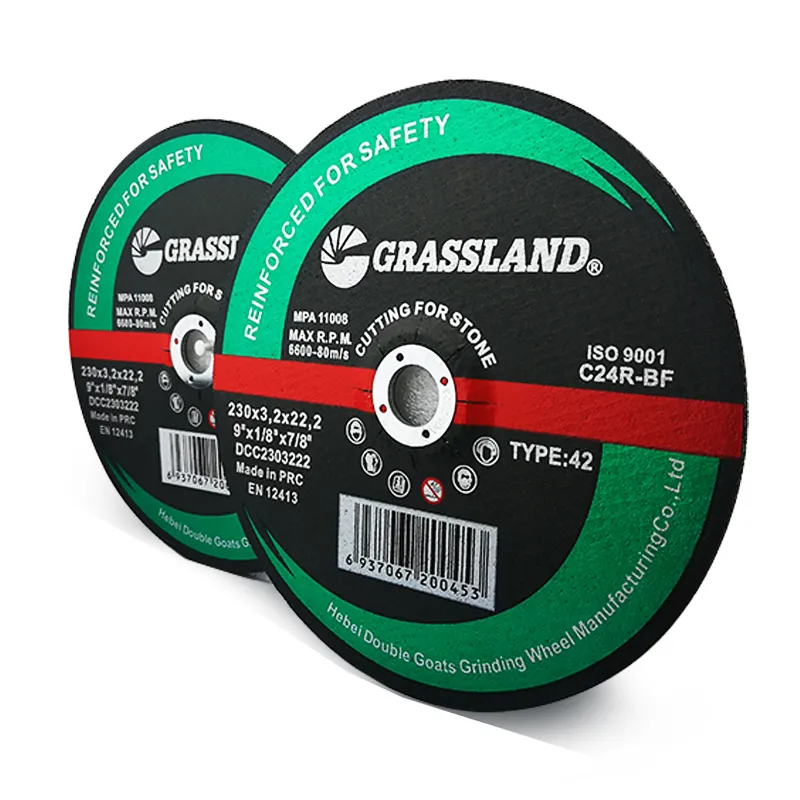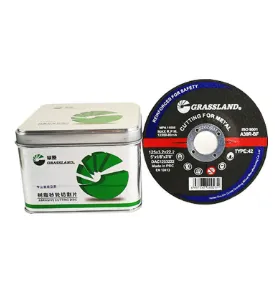

The abrasive grain is another insightful detail. While aluminum oxide is prevalent in typical cutting tasks, silicon carbide wheels are the preferred choice for non-ferrous metals and stones, providing an aggressive cut without overheating the material. When long-term sharpness and sustained cuts are critical, ceramic abrasive wheels offer excellent performance, albeit at a higher cost. The application dictates the choice of the wheel. Heavy-duty cutting, common in construction environments, requires wheels with a thick and robust build, equipped to handle reinforced concrete and structural steel. In contrast, for automotive or delicate metal fabricating endeavors, a finer, precision-engineered wheel allows for smooth, clean cuts that preserve the integrity of the workpiece. Professionals seeking to optimize their grinding tasks can benefit from keeping an array of cut off wheels designed for different materials and cutting conditions. This not only ensures adaptability but also delivers efficiency by reducing downtime incurred by wheel changes and tool adjustments. Choosing the best cut off wheel for your grinder impacts more than just the outcome of your project; it affects safety, cost-efficiency, and tool longevity. Through a thoughtful selection process—evaluating material compatibility, bond type, size, and abrasive grain—users can harness the full potential of their cutting tools. Building a comprehensive understanding of these variables solidifies trustworthiness and authority in any professional atmosphere, ensuring your projects are completed with professionalism and precision.
Post time:Jan - 22 - 2025

















